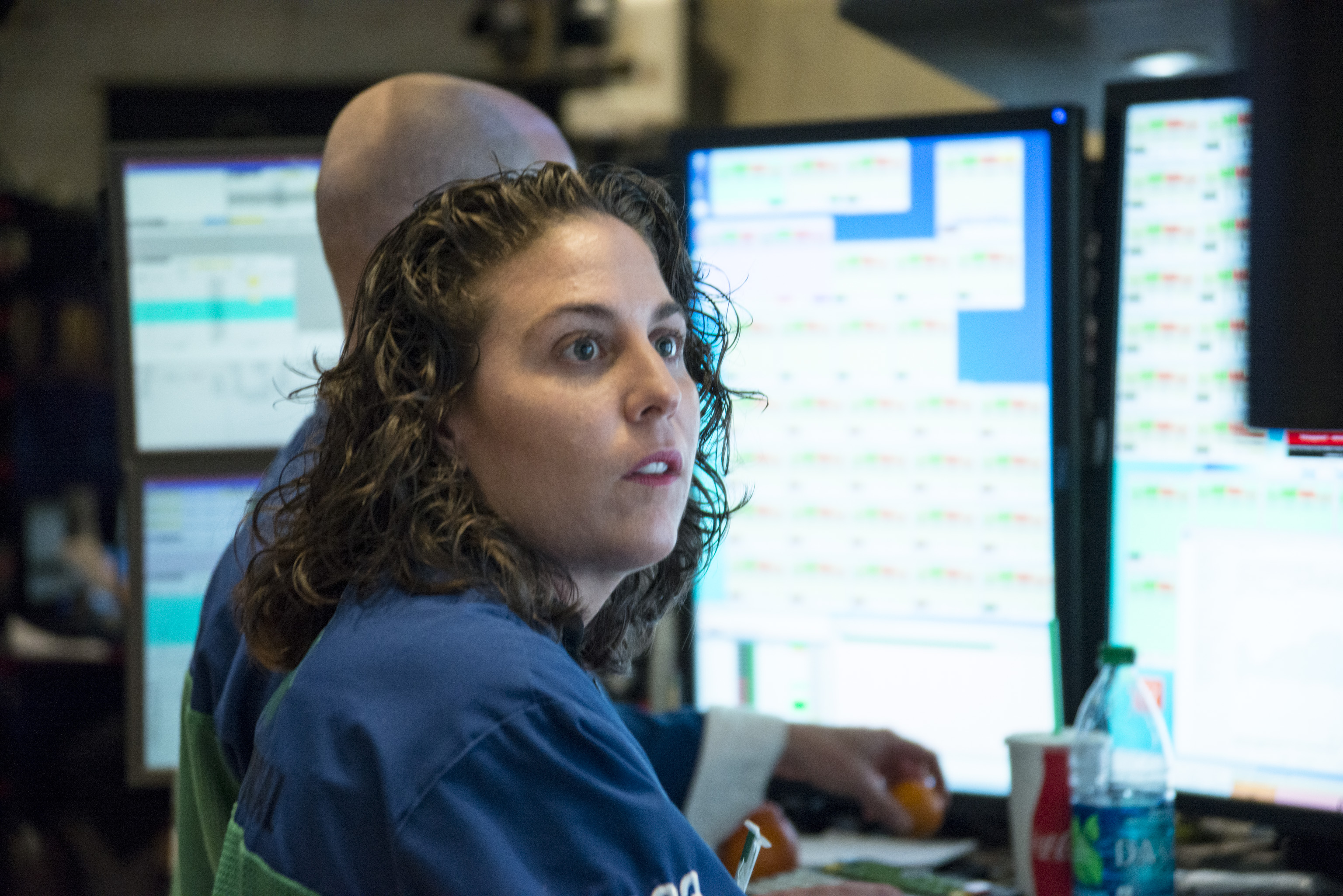Here’s a look at the Dow Jones Industrial Average.
Facts:
The Dow Jones Industrial Average is a stock index comprised of 30 “blue-chip” US stocks. It is meant to be a way to measure the strength or weakness of the entire US stock market.
The Dow began in 1896 with 12 industrial stocks.
Dow Jones & Co was founded by journalists Charles Dow and Edward Jones.
General Electric is the only stock from the original 12 that is still part of the Dow.
Records:
Record high close – January 12, 2018, the Dow closes at 25,803.19
Biggest one day point gain – October 13, 2008, the Dow closes up 936.42.
Biggest one day percentage gain – March 15, 1933, the Dow closes up 15.34%.
Biggest one day point loss – September 29, 2008, the Dow closes down 777.68 points.
Biggest one day percentage loss – October 19, 1987, the Dow closes down 22.61%.
Timeline:
1882 – Dow, Jones & Co. is created.
1884 – Charles Dow creates the Dow Averages, the precursor to the DJIA.
May 26, 1896 – The first index, made up of 12 industrial companies, is published and the Dow opens at 40.94 points.
January 12, 1906 – The Dow closes at 100.25, the first close above 100.
October 24, 1929 – The Stock Market crash of 1929 begins which leads to the Great Depression of the 1930s. It takes 25 years for the Dow to regain its September 1929 high of 381 points.
1930 – Dow Jones becomes incorporated and the comma in the name is dropped.
March 12, 1956 – The Dow closes at 500.24, the first close above 500.
November 14, 1972 – The Dow closes at 1,003.16, the first close above 1,000.
October 19, 1987 – The Dow closes down 508 points, at the time the biggest one-day drop ever in the Dow’s history.
November 21, 1995 – The Dow closes at 5,023.55, the first close above 5,000.
March 29, 1999 – The Dow closes at 10,006,78, the first close above 10,000.
September 17, 2001 – Stock markets reopen after the 9/11 terror attacks.
September 21, 2001 – After the first full week of trading post 9/11, the Dow falls more than 1,300 points, or about 14%.
October 19, 2006 – The Dow closes at 12,011.73, the first close above 12,000.
April 25, 2007 – The Dow closes at 13,089.89, the first close above 13,000.
July 19, 2007 – The Dow closes at 14,000.41, the first close above 14,000.
September 29, 2008 – Worst single day point drop in history, plunging 777.68 points – the same day the US House rejects the $700 billion financial bailout package.
October 6-10, 2008 – Worst weekly point and percentage decline finishing at 8,451.19, or down 1,874.19 points and 18.15% for the week.
February 21, 2012 – The Dow crosses the 13,000 level for the first time since May of 2008.
February 1, 2013 – The Dow closes above 14,000 for the first time since October of 2007.
May 7, 2013 – The Dow closes above 15,000 for the first time.
November 21, 2013 – The Dow closes above 16,000 for the first time, at 16,009.99.
July 3, 2014 – The Dow closes at 17,068.26, the first close above 17,000.
December 23, 2014 – The Dow closes at 18,024.17, the first close above 18,000.
August 24, 2015 – The DJIA suffers its worst intra-day trading loss, plummeting 1,089 points, surpassing the “Flash Crash” of 2010.
August 26, 2015 – The Dow closes with a 619-point gain, the biggest daily point gain since 2008.
January 7, 2016 – The Dow drops 5% in its first four days of the year, the worst four-day percentage loss to start a year on record.
November 22, 2016 – The Dow closes at 19,023.87, the first close above 19,000.
January 25, 2017 – The Dow hits the 20,000 milestone for the first time in history.
March 1, 2017 – The Dow closes at 21,115.55, the first close over 21,000 in history.
August 2, 2017 – The Dow closes above 22,000 for the first time, at 22,016.24.
October 18, 2017 – The Dow closes above 23,000 for the first time, at 23,157.60.
November 30, 2017 – The Dow closes above 24,000 for the first time, at 24,272.35.
January 4, 2018 – The Dow closes at 25,075.13, the first close above 25,000.



